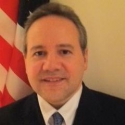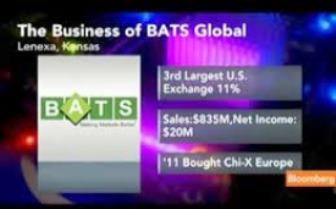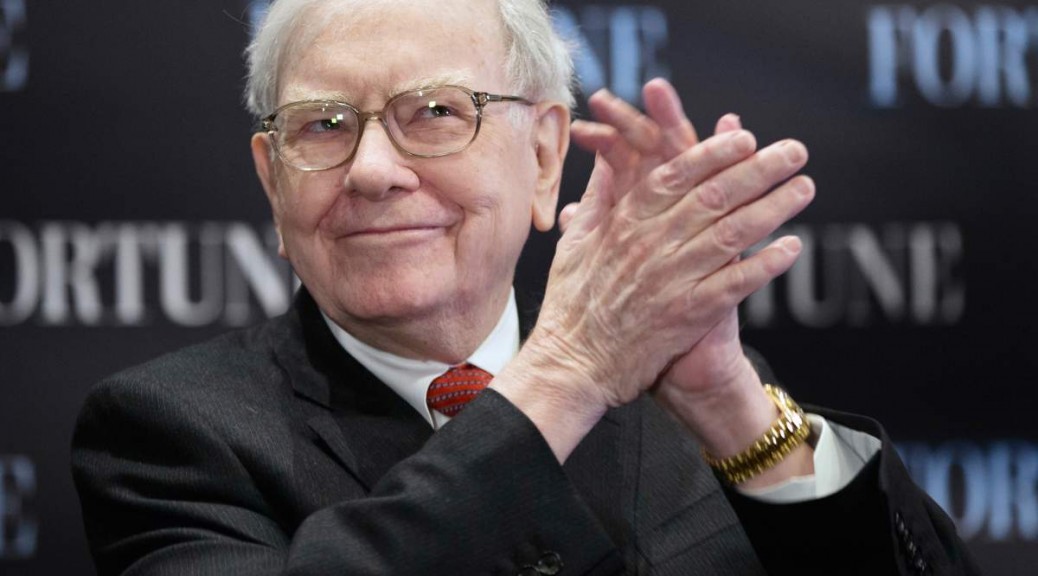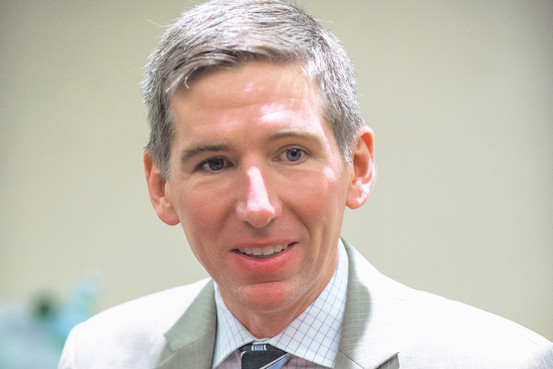MarketsMuse ETF department extends our congrats to exchange-traded fund guru Matt Hougan in connection with announcement this week that Matt has been elevated to the role of CEO of industry platform ETF.com.
ETF.com, the world’s leading authority on ETFs, named Matt Hougan, a longtime veteran in the world of exchange-traded funds, as its new chief executive officer. Hougan, 38, was previously president of North America for the firm. His appointment as CEO is effective immediately.
“Matt is both one of the world’s foremost experts on ETFs and an exceptional leader for our business,” Barnaby Grist, ETF.com’s chairman, who led the CEO search, said in a press release. “As the use of ETFs expands, Matt’s vision for how to educate, engage with and empower investors and financial advisors will drive better outcomes for investors and continued rapid growth at ETF.com.”
Hougan has worked at ETF.com for more than eight years, and was the fourth employee to join the company. Under his guidance, the company’s U.S. business achieved record results in the past year, including record attendance and revenue at its marquee conference, Inside ETFs, and dramatic growth in its core online and print media properties, ETF.com and ETF Report.
Jim Wiandt, ETF.com’s founder and former CEO, said he has full confidence in Hougan’s ability to lead the company’s next stage of growth. Wiandt founded the company in 2001.
“We chose Matt not just because of his extensive knowledge of exchange-traded products, but because he has demonstrated the organizational and leadership skills required to lead a growing and dynamic organization,” said Wiandt, who is now vice chairman and president of ETF.com’s Europe operation. Wiandt continues a key leadership role on the management team and board of directors.
‘ETF Master’
Hougan, a well-known figure in the world of ETFs who often appears on CNBC, envisions a growing and increasingly important role for ETF.com as more and more investors adopt ETF in their portfolios.
“As that use accelerates, we are more committed than ever to providing clear, independent and ETF-specific education, research and analysis,” Hougan said. “We have exciting plans in place that will help us become even more integral to our users’ investment decision-making and simultaneously reach a larger and larger audience than ever before.”
For the entire story from ETF.com, please click here

























